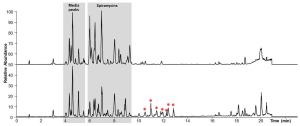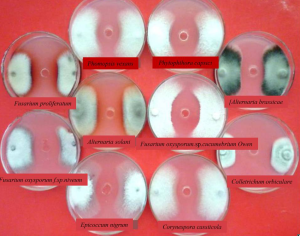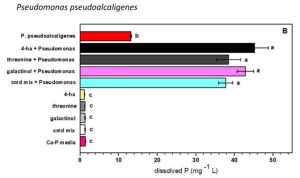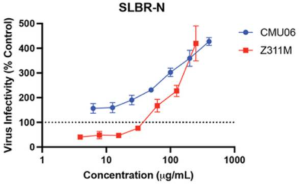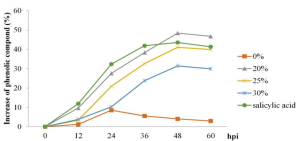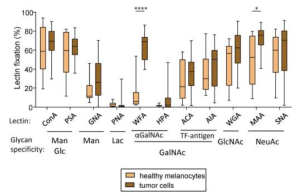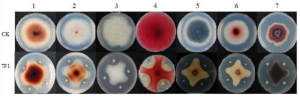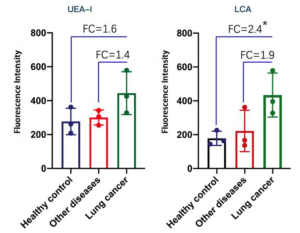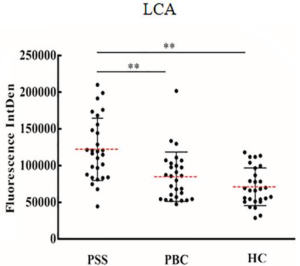A group from Department of Genetics and Biotechnology, Ivan Franko National University of Lviv, Ukraine, etc. has reported about development of novel antibiotics from Actinomycetia isolated from the rhizosphere soil of Juniperus excelsa.
https://www.ncbi.nlm.nih.gov/pmc/articles/PMC10031196/
Natural products play a key role in drug discovery, especially in the treatment of infectious diseases. However, the rapid spread of bacterial infections has been observed in recent decades, mainly due to the rapid emergence and spread of multidrug-resistant pathogens. As a consequence, there is now a general consensus that the discovery of new antibiotics is needed as the best solution in the fight against antibiotic resistance among microorganisms.
In this work, the 372 actinomycete-like strains were isolated in 2008 from rhizosphere soil of J. excelsa collected from mountainous region on the Crimean Peninsula in Ukraine. First of all, those strains were screened by means of the spot inoculation method to evaluate antimicrobial activity, and the secondary metabolite extracts from selected strains were analyzed by LC–MS and dereplication analysis.
As a result, it was found that the Streptomyces sp. Je 1–651 strain exhibited strong inhibitory activity against all of the utilised microbial test cultures, except for P. aeruginosa. In the crude extracts of the Je 1–651 strain grown on DNPM medium, there were seven peaks (indicated by Red stars below) not identified in the existing database in addition to those of spiramycins and stambomycins. This may indicate the potential novelty of antibiotic compounds, and the future research is expected.
